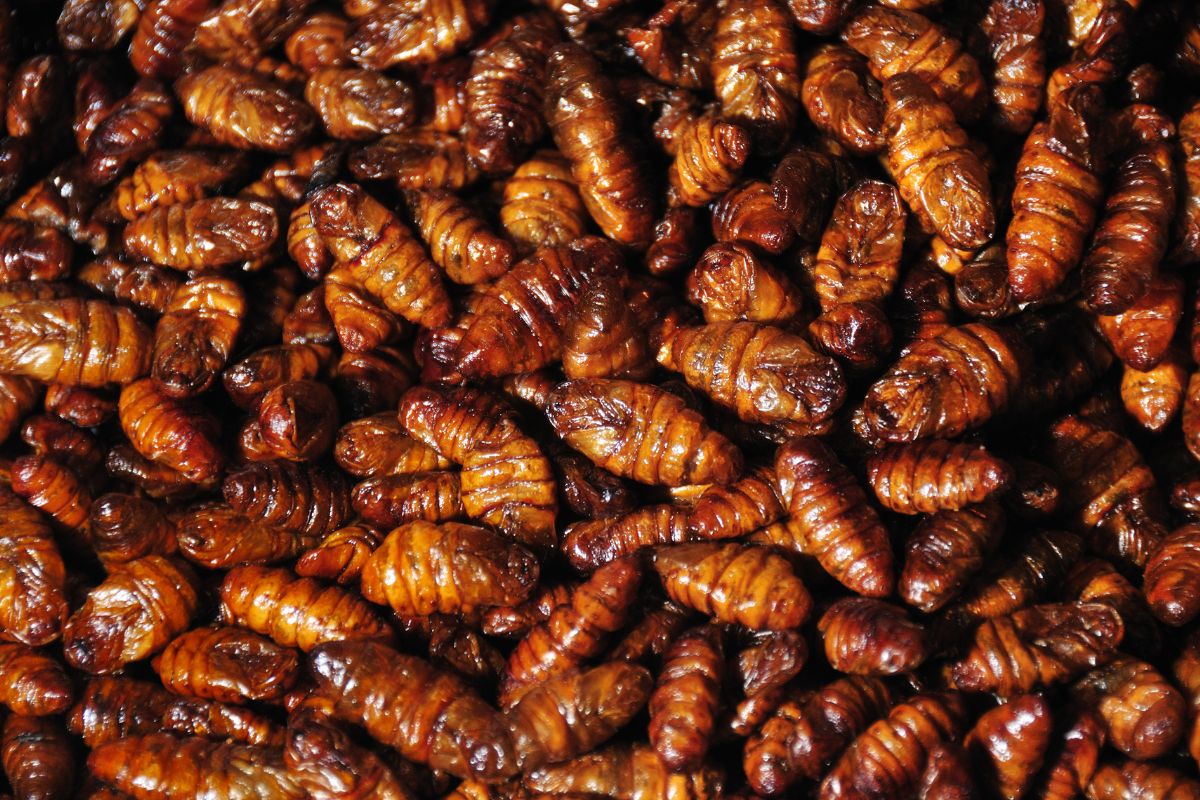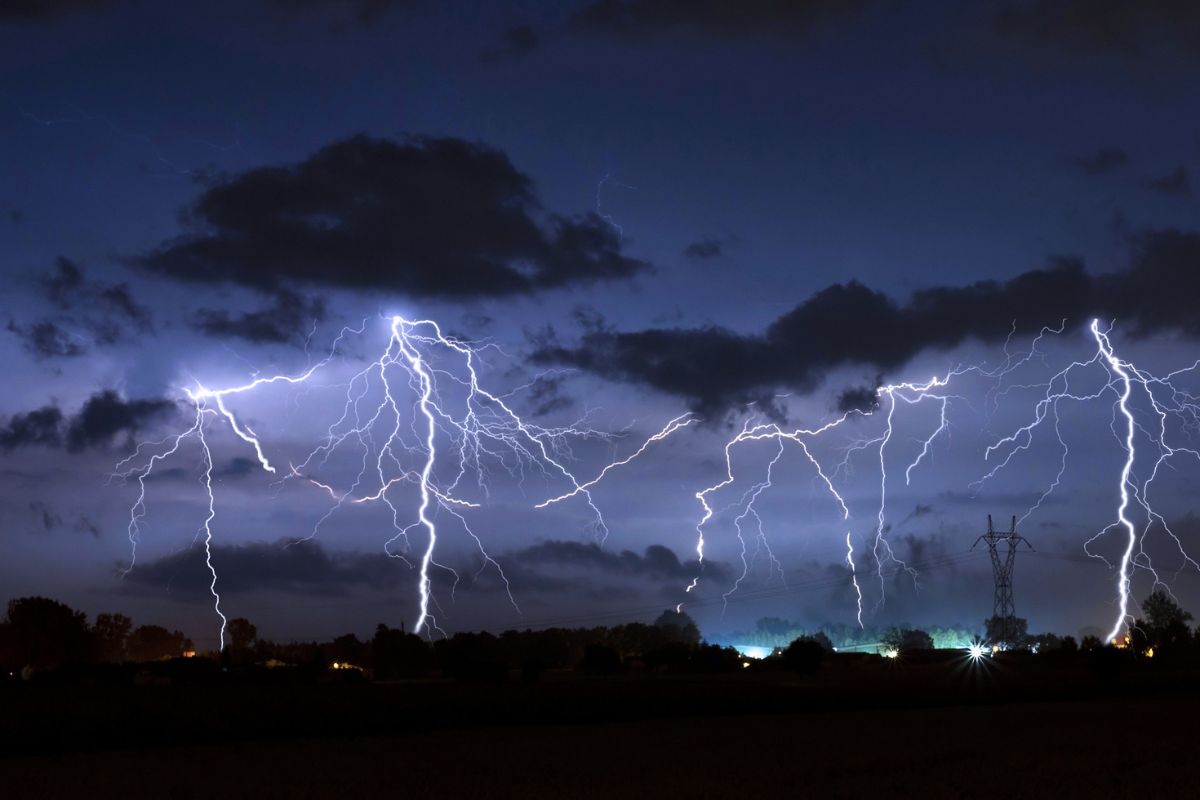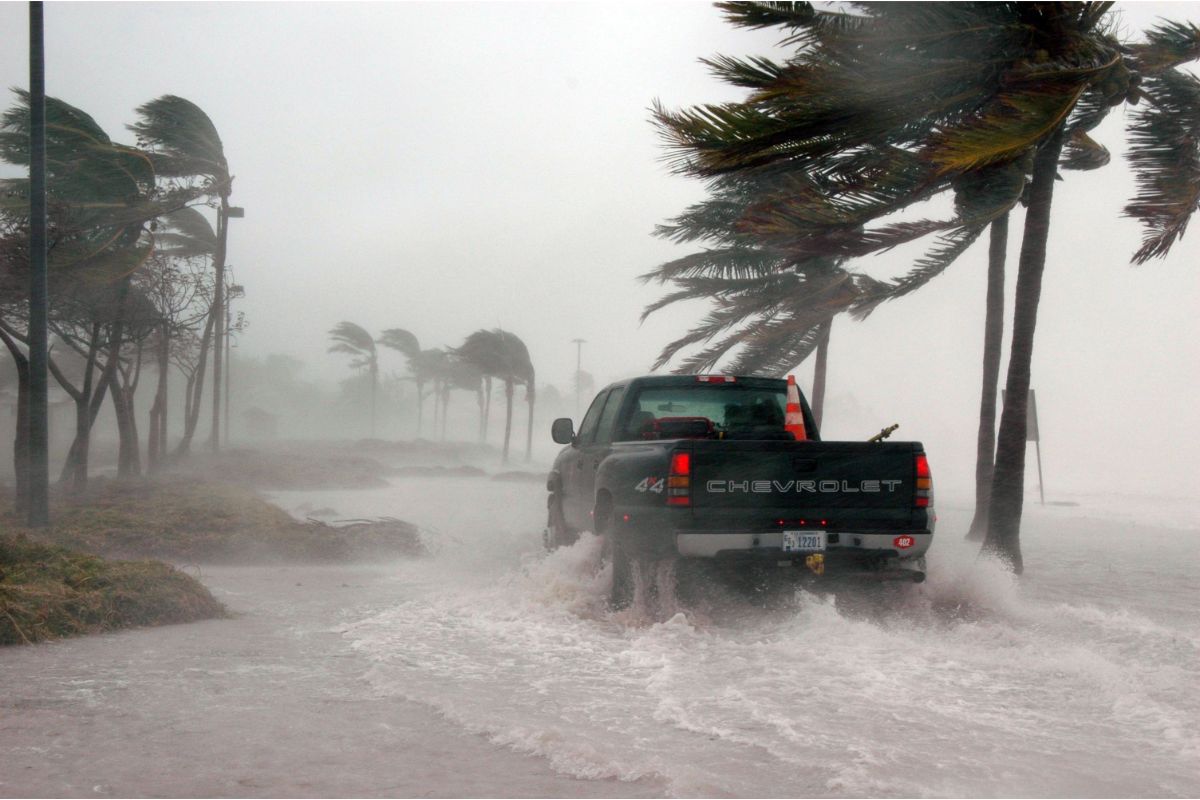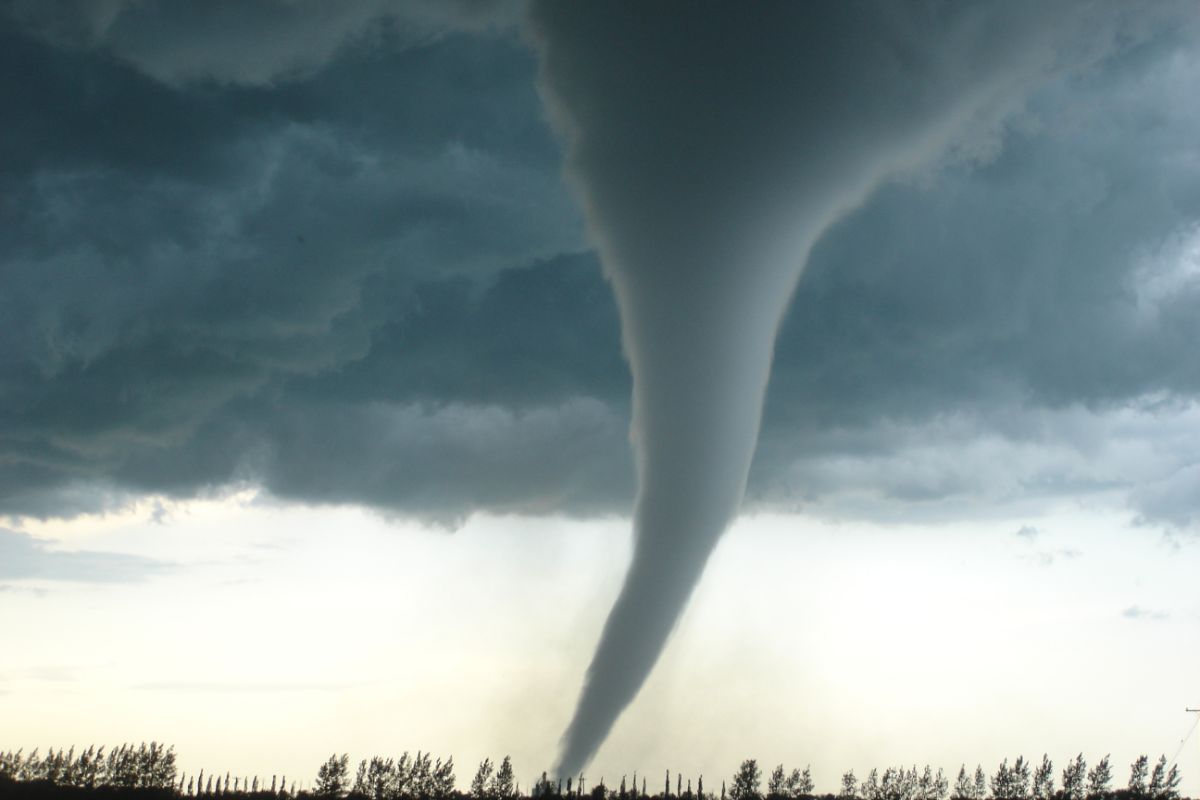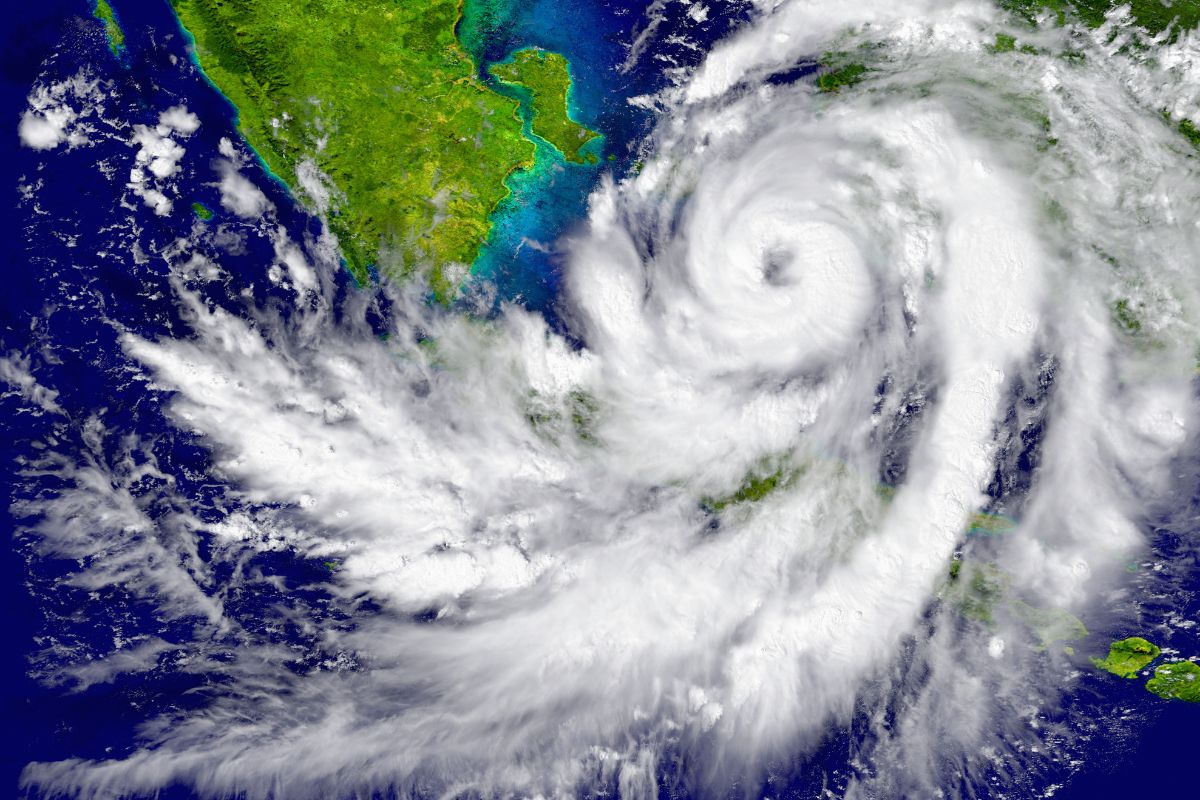A tornado is a violent storm system consisting of rotating air currents that form over warm land masses.
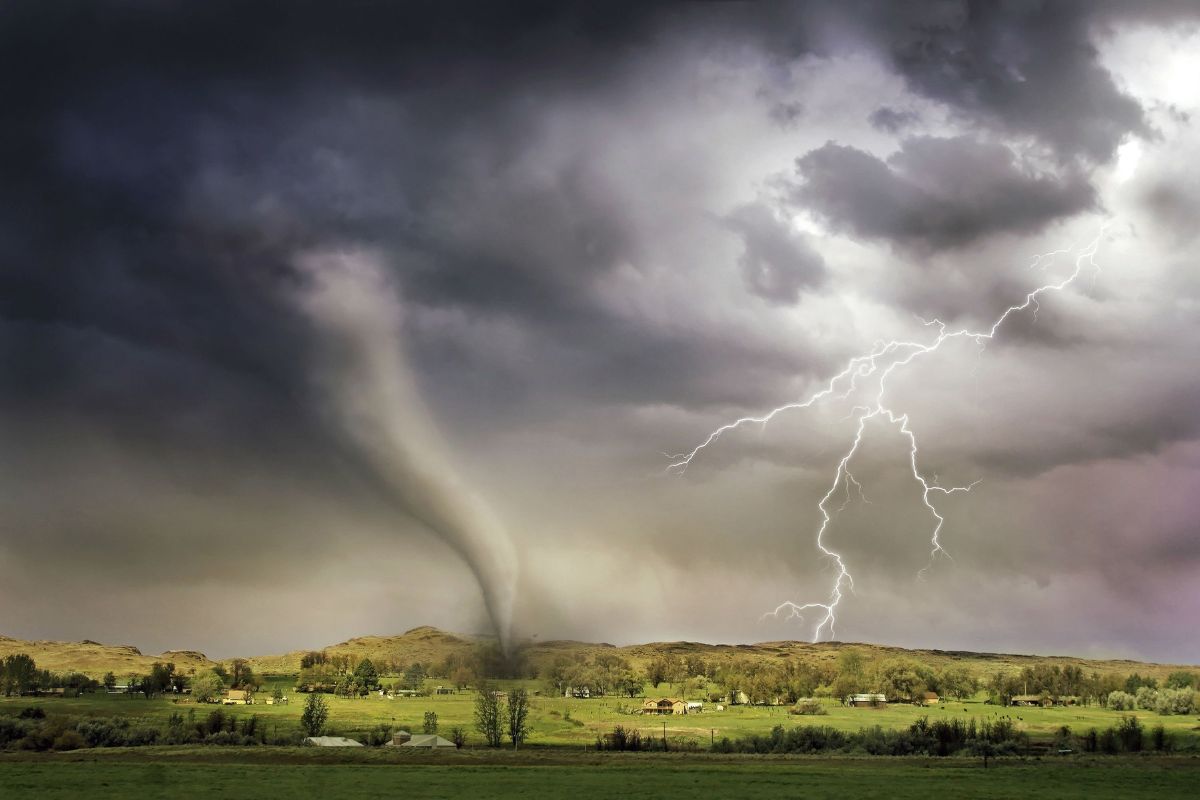
Tornadoes occur mainly during springtime in North America, Europe, Asia, Australia, and Africa.
They also happen occasionally in other parts of the globe.
Some people believe they cause damage because they are large and scary. Others say they only affect poor farmers who don’t have insurance.
The truth is that tornadoes are powerful storms that can destroy entire towns and even cities.
While some people fear them, tornados are actually very rare. In fact, fewer than 20 tornadoes strike the United States every year.
That means that most Americans have never experienced a tornado firsthand.
What Is A Tornado?
A tornado is a violently rotating column of air that extends from a thunderstorm (Also check out What Is A T-Storm?) to ground level.
They are usually preceded by black clouds and accompanied by heavy rain, strong winds, and lightning.
Tornadoes occur most frequently during the summer months, especially around the late afternoon and early evening hours.
The National Weather Service defines tornadoes as “a violent rotation of air within the lowest portion of the atmosphere.”
The air inside the rotating core rises rapidly due to friction heating. This rising air becomes cooler and less dense than the surrounding air, causing it to rise even faster.
As the warm air rushes up, it cools down and begins to rotate around the center of the vortex. The rotation speeds increase as the air rises further away from the surface.
When the air reaches about 18,000 feet above sea level, it becomes unstable and starts to spin faster.
At this point, the air inside the spinning column is no longer supported by the earth’s gravity, and it falls back toward the earth.
As the falling air nears the surface, it accelerates and becomes hotter because it is now closer to the sun’s heat source.
When the air touches the surface, it creates a whirling wall of wind that spreads out across the land.
Because there is nothing to stop the swirling air from spreading outward, it continues to grow larger as it moves away from the center.
Eventually, the expanding air mass meets another area of low pressure, creating another tornado.
There are several factors that contribute to the formation of tornadoes, including temperature differences in the atmosphere, moisture levels, and instability.
When Is Tornado Season?
Tornadoes are often thought of as being something you see on TV, but they can happen at any time of the year.
Experts say the peak tornado season for tornadoes in the southern Plains (Texas and Oklahoma) is from May through June.
Along the Gulf Coast, it’s usually later in the spring.
But in the Northern Plains and Upper Midwest (North and South Dakotas, Nebraska, Iowa, and Minnesota), tornado season is in the summer.
Overall, there is a general east-to-west shift in tornado season in North America, from late winter through mid-summer.
This is because the jet stream moves west to east across the continent. As the jet stream shifts, it brings warm air and moisture farther south and further west.
What Causes A Tornado, And How Do They Form?
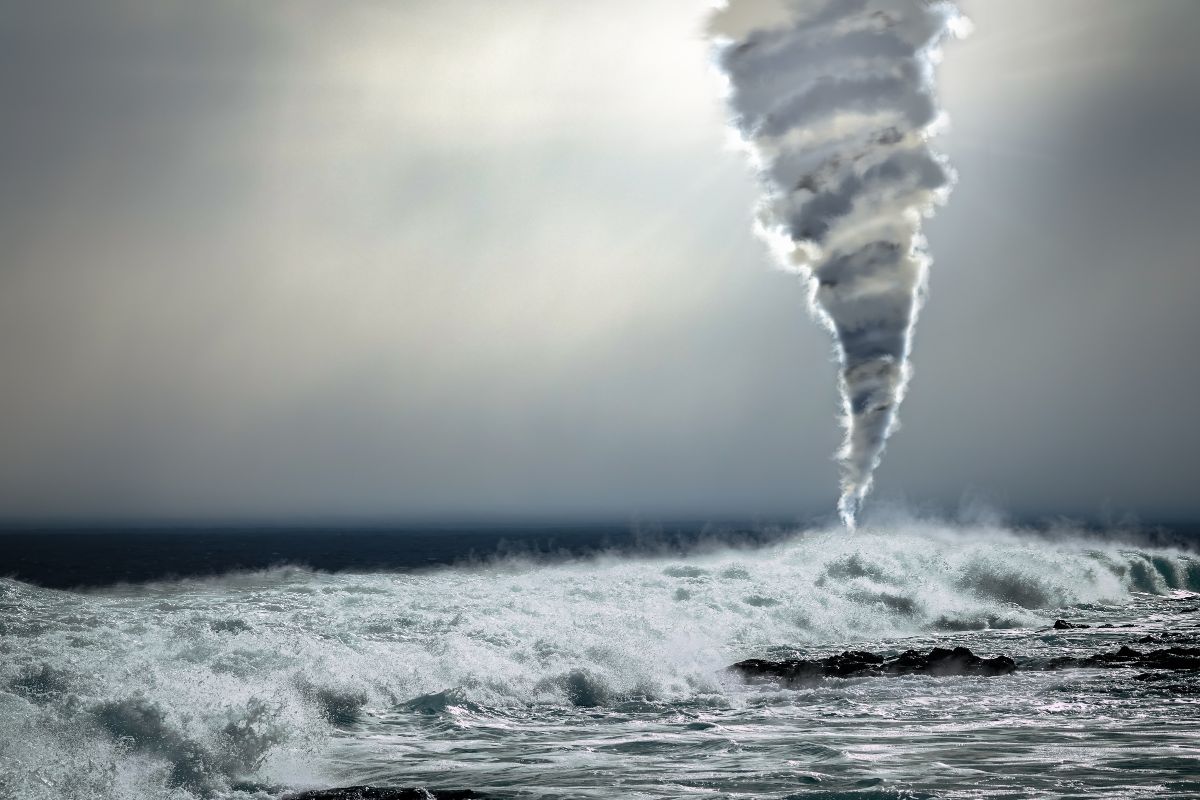
According to the National Oceanic and Atmospheric Administration, there are three types of storms that develop into tornadoes: supercell, squall line, and waterspout.
A supercell is a large storm that rotates around a center of low pressure. Squall lines are narrow bands of strong wind that rotate around the core of a cyclone.
Waterspouts are small, weak whirlwinds that form over water.
Most thunderstorms that form under such conditions rarely become tornadoes because they lack a mesocyclone, NOAA says.
But the truth is that we don’t fully understand what causes a tornado to form.
We know it happens when warm moist Gulf air meets cold air from Canada and dry air from the Rocky Mountains. But the truth is, we don’t really know why.
How Do You Prepare For A Tornado?
As the National Weather Service says: Be “weather aware.” Have a smartphone or NOAA weather alert radio handy to receive alerts about approaching storms.
Know where to go in case of an emergency. Make sure everyone in your household knows what to do during a storm. Keep an eye out for signs of trouble.
If you live in a mobile home or home without a basement — or if you’re concerned about flooding in your area — consider identifying a nearby safe building you could reach quickly, such as a local church or the home of someone else in your neighborhood.
This might include taking shelter there if necessary.
Staying Safe During A Tornado
Tornadoes can strike without warning and can occur anywhere across North America, even indoors.
They can move very quickly and unpredictably, making it difficult to determine where they will hit next.
A tornado watch means there is a possibility of severe weather developing within 24 hours.
Be prepared for tornadoes by knowing what to do during a storm and how to protect yourself and others.
During a tornado, immediately go to a safe location. Find shelter inside a sturdy structure such as a basement, closet, or interior room on the lowest floor of a multi-story home.
Avoid windows, glass doors, and exterior walls. Stay away from outside corners, stairwells, and elevators.
If you are near water, seek refuge in a low area such as a ditch or ravine. If you are in a mobile home or trailer park, find a place under a table or bed.
Pay attention to EAS, National Oceanic and Atmospheric Administration (NOAA) Weather Radio, or local alerts for current emergency information and instructions about severe weather.
Follow directions from public safety officials.
Final Thoughts
Severe weather can be dangerous, so stay informed and take action before a tornado strikes.
We hope that this article has given you thorough insights into what tornados are and how to protect you and your loved ones from one if you should witness a tornado someday!
- How To Make A Quick And Easy DIY Toilet For Camping - September 19, 2022
- How To Use A Knife For Self Defense - September 19, 2022
- How To Help The Elderly Recover From A Disaster - September 19, 2022

